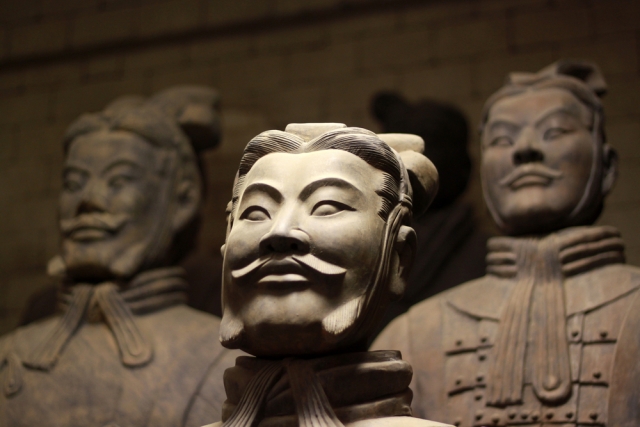The Han Dynasty
Chinese history

A Golden Age
The Han Dynasty was China's second imperial dynasty and lasted from 206 BC–220 AD. It followed the Qin Dynasty and was succeeded by the Three Kingdoms period.
The Han Dynasty is one of the crucial periods in understanding Chinese History and much of current Chinese culture. The Dynasty lasted 400 years and was considered by many as a Golden Age. It is the Han people who are the largest ethnic group in modern China and many key elements of what would be considered ‘Chinese’ cultural practices come from that time.
In this extensive podcast Professor Roel Sterckx of Clare College, University of Cambridge, examines the origins to the Han Dynasty and how it set out its bureaucracy for ruling such a vast country and its peoples. He explores the cultural arts for their impact at the time as well as the legacy they have left for Chinese cultural development. He also looks at the relationship the dynasty had with other nations and who its enemies and friends were.
1. What were the origins of the Han Dynasty?
2. The sources.
3. An understanding of daily life.
4. Why is the Han period considered a golden age?
5. Do people start identifying as the people of the Han Empire?
6. Han Poetry.
7. Key scientific and technological developments.
8. Imperial organisation and the mandate of heaven.
9. Developing and consolidating Qin bureaucracy.
10. The Han economy: a global economy?
11. What contact did the Han have with other contemporary empires?
12. External threats.
13. What is the dominant philosophy and religion during this period?
14. What leads to the downfall of the Han dynasty?
15. Emperor Wu of Han.
In order to access the full content of the podcasts please Login or Join the HA.

